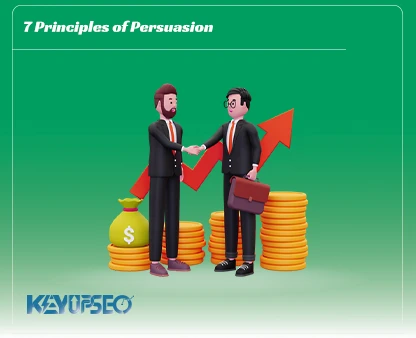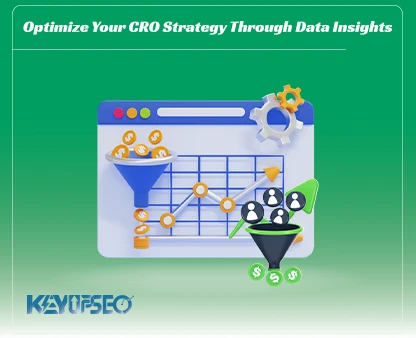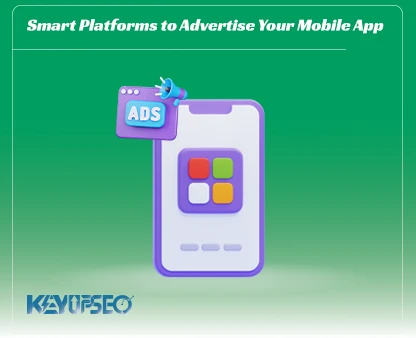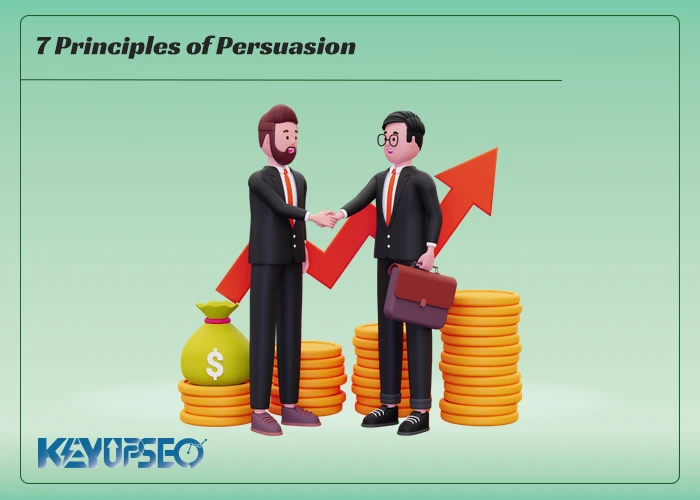
How Cialdini’s 7 Principles Shape Human Decisions
The Invisible Power of Persuasion; You’ve likely experienced it: a product ad flashes across your screen, and suddenly you feel an urge to buy those ultra-soft cushions. Deep down, you know you don’t need them. Yet something about the message compels you to act urgently, before they sell out. What’s happening here isn’t about the product itself. Your brain has simply taken a shortcut.
These shortcuts, known as psychological triggers, are the foundation of Dr. Robert Cialdini’s 7 principles of persuasion. They explain why we make decisions that often defy logic, and why marketing messages can influence behavior even when the product isn’t essential.
As highlighted in our summary, Mastering Influence: Cialdini’s 7 Psychological Triggers, these principles empower marketers, leaders, and communicators to ethically guide choices and drive meaningful decisions across industries.
Why Your Brain Doesn’t Care About the Product
The truth is, your mind isn’t evaluating the product’s utility; it’s responding to a persuasive cue. Cialdini’s research shows that our decisions are shaped by psychological patterns, not just rational analysis. These patterns are universal, cutting across cultures and industries.
In this article 7 Principles of Persuasion by Dr. Robert Cialdini, you’ll discover how these triggers work, why they’re so effective, and how they can be applied ethically in marketing, leadership, and even everyday conversations.
Whether you're crafting a campaign or trying to boost conversions, understanding these principles is essential. If you're looking to buy SEO clicks to amplify your reach, aligning your message with these triggers can dramatically improve performance.
Mental Shortcuts: Why We React Before We Think
Pain is unpleasant, no debate there. Imagine pricking your finger with a needle. Instantly, you flinch and pull away. But why such a strong reaction to something so minor? It’s not about conscious reasoning. Your brain has triggered an automatic response, bypassing logic entirely.
This is a classic example of a mental shortcut. Our minds are wired to respond quickly to perceived threats or stimuli, often without deliberate thought. These shortcuts help us navigate a complex world filled with constant decisions, distractions, and demands. Instead of analyzing every situation, the brain relies on learned patterns to act swiftly and efficiently.
From impulse purchases to emotional reactions, many of our choices stem from these subconscious mechanisms. Ever bought a decorative vase online at 2 a.m.? That wasn’t logic; it was a shortcut in action.
Cialdini’s Theory: Persuasion Through Cognitive Patterns
Dr. Robert Cialdini’s principles of persuasion are deeply rooted in these mental shortcuts. He identified seven psychological triggers that marketers, leaders, and communicators use to ethically influence behavior. These triggers don’t rely on the product’s value alone; they tap into how the brain processes information and makes decisions.
Understanding these patterns is essential for anyone looking to improve conversion rates, build trust, or buy organic clicks to enhance visibility. By aligning your message with the way people naturally think and react, you create persuasive experiences that feel intuitive rather than forced.
In the next section, we’ll break down each of Cialdini’s seven principles and explore how they connect with these cognitive shortcuts to shape human behavior.
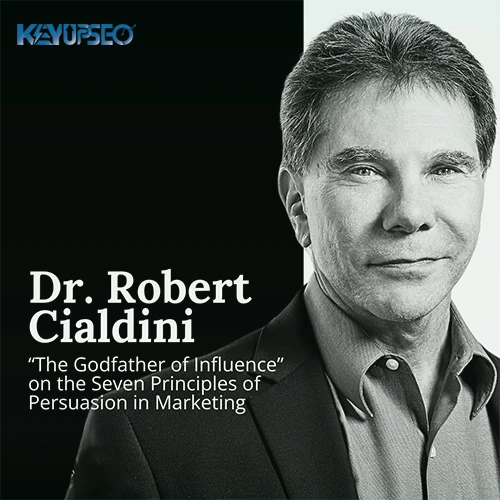
Meet Dr. Robert Cialdini: The Mind Behind Modern Persuasion
Before diving into the principles that shape persuasive communication, it’s essential to understand the man behind them. Dr. Robert Cialdini is one of the most influential psychologists in the field of persuasion. His groundbreaking book Influence: The Psychology of Persuasion has sold over two million copies worldwide and continues to be a cornerstone in marketing, sales, and behavioral science.
What makes Cialdini’s work unique is his immersive research approach. For three years, he posed as a customer in various businesses to observe real-world persuasion tactics. Through this hands-on experience, he identified core psychological patterns that consistently influenced consumer behavior regardless of the product or service.
The Evolution of Persuasion: From Six to Seven Principles
Initially, Cialdini outlined six universal principles that explained how people are persuaded across cultures and industries. These principles became foundational tools for marketers, leaders, and communicators aiming to ethically guide decision-making.
But persuasion is a dynamic field. In his latest publication, Cialdini introduced a seventh principle, one that had previously escaped his attention. This addition reflects the evolving nature of human psychology and the need to adapt persuasive strategies to modern contexts.
Cialdini emphasizes that these principles are instinctive and deeply embedded in human behavior. While they are widely used in marketing and sales, he also warns against unethical manipulation. His goal is not to restrict businesses from using these tools, but to educate consumers so they can recognize and resist deceptive tactics.
In the next section, we’ll explore each of these seven principles in detail, uncovering how they work and how they can be applied responsibly, whether you're crafting a campaign, building trust, or looking to buy SEO traffic to boost your visibility.
Increase Traffic by Understanding Persuasion Psychology
To truly connect with your audience and increase USA web traffic, you need more than just keywords and visuals; you need psychological insight. Dr. Robert Cialdini’s seven principles of persuasion offer a powerful framework for influencing behavior ethically and effectively.
In this section, we’ll take a brief look at each principle. In future articles in the Keyupseo blog, we’ll explore how to apply them in marketing, communication, and beyond.
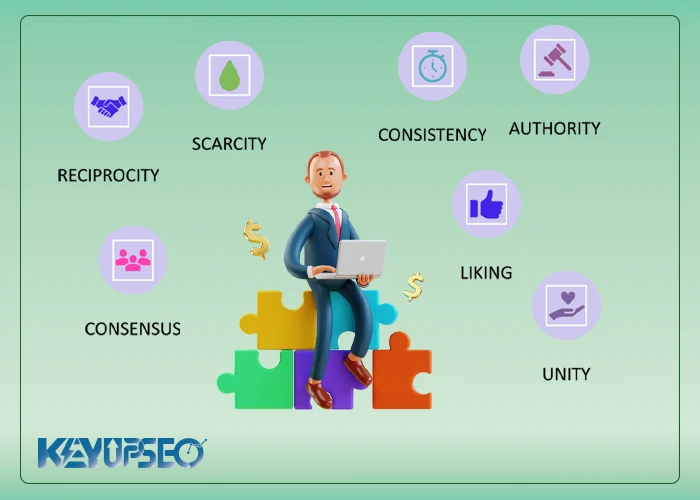
-
Reciprocity: The Power of Giving First
Humans are wired to return favors. When someone gives us something, whether it’s a gift, a compliment, or helpful content, we feel compelled to reciprocate. This principle is universal and deeply embedded in social behavior.
In marketing, offering free value upfront (like a downloadable guide or exclusive insight) can trigger this response, encouraging users to engage, subscribe, or convert.
-
Commitment & Consistency: Staying True to Our Choices
Once people commit to an idea or action, they’re more likely to follow through to remain consistent with their self-image. This is why small initial agreements often lead to larger commitments.
For example, asking users to sign up for a free trial can increase the likelihood they’ll later purchase a full subscription because they’ve already taken the first step.
-
Social Proof: Trusting What Others Endorse
We tend to follow the crowd, especially when uncertain. Seeing others endorse a product or service builds trust and reduces hesitation.
Displaying customer reviews, user statistics, or testimonials can significantly boost credibility. It’s the same principle behind why people glance upward when others do; our brains seek validation through group behavior.
If you're targeting Google Traffic in India, showcasing local success stories or regional endorsements can make your message more relatable and persuasive.
-
Liking: Influence Through Affection
We’re more likely to be persuaded by people we like, whether it’s a friend, influencer, or brand personality. This is why relatable storytelling and authentic branding matter.
When users feel emotionally connected to your brand, they’re more open to your message and more likely to take action.
-
Authority: Trusting the Experts
People defer to those they perceive as knowledgeable. Whether it’s a dentist recommending toothpaste or a tech expert reviewing software, authority builds confidence.
Incorporating expert opinions, certifications, or industry credentials into your messaging can elevate trust and drive conversions.
-
Scarcity: The Urgency of Limited Opportunity
Scarcity creates value. When something is rare or time-sensitive, we’re more motivated to act. Limited-time offers, exclusive access, or low-stock alerts tap into this principle.
It’s not about pressure, it’s about highlighting genuine opportunity. Scarcity works because it aligns with how we prioritize what’s hard to obtain.
-
Unity: The Power of Shared Identity
The newest addition to Cialdini’s framework, unity, focuses on shared values and identity. It’s not just about similarity, it’s about belonging.
When users feel that “this brand gets me” or “they’re one of us,” persuasion becomes effortless. Building community, aligning with user values, and fostering inclusion are key strategies here.
Release date : 24 September, 2025











